How To Do Image Optimization For SEO- 11 Effective Tips
We all include images in our articles and blogs to make them more attractive and engaging. But do you know images also affect SEO? An optimized image is a valuable SEO asset. This article will talk about image optimization for SEO.
We will discuss what image optimization is, the importance of image optimization, and different ways to optimize images for SEO.
What is image optimization in SEO?
Image optimization is to create and deliver high-quality images on the web in an ideal size, format, and resolution to increase user engagement and boost the site’s SEO.
It also involves tagging images accurately so search engine crawlers can read and understand what the images are about. Since search engines can not understand images as humans do, image optimization helps them understand their context easily.
What is the importance of image optimization in SEO?
Images are important as they make the content more accessible, attractive and engaging for users. These help users understand the meaning of the text more easily. Besides this, images are crucial for SEO as well.
A delayed page loading can encourage users to leave the page instantly, which can affect your site ranking.
Images increase page weight due to their size and complexity, which affects the web page performance.
Image optimization improves page loading time and overall user experience.
Optimized Images help search engines to understand the context of images. It tells search engines what the image describes. Also, optimized images fasten the page loading speed and lessen the burden on networks, which improves user experience and ranking on SERPs.
Improved user experience and interactions with your site positively impact your search engine rankings, which further result in more user engagement and more conversion.
Therefore, you should optimize your images to boost site performance, user experience, and site ranking.
Tips to optimize your images
After knowing image optimization and its importance, let’s dive into the image optimization steps for SEO.
There are plenty of things that you can do to optimize your images for search engines.
Below are different tips for optimizing images for the web and improving your search presence.
1. Choose the Right Format for your Images
Images can be in different formats. Here we will discuss the most familiar formats of images.
There isn’t any compulsion to use any particular format. It depends on the image and how you want to use it.
Let us help you understand the formats-
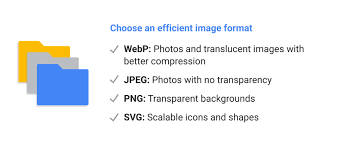
- JPEG: It is the most popular and favoured image format. You can use it for online photos or artwork. It can also be helpful in emailing preview images, as you can compress images to very small sizes.
- PNG: You can choose PNG over JPEG for more precise reproduction of source images or when you need transparency in the image background. It produces better quality images but does not lower file size much.
- WebP: You can use WebP if you need higher compression than JPEG or PNG. It supports images and animated images with higher colour depth, transparency, animated frames, etc. But it doesn’t work with older browsers.
- SVG: It is a Vector image format. You can use it for user interface elements, icons, diagrams, logos, etc., which require more accuracy at different sizes.
2. Resize your Images
According to a study, images make up around 21% of a total webpage’s weight. That is why it is necessary to resize and compress your images before uploading them to your site.
Your file size can slow down your page loading speed, and Page speed is an important factor for user experience.
Often people are confused about the image size and file size. Image size and file size are two separate things. Image size is the dimension of an image, for example, (1024 by 680 pixels), and file size is the space required to store the image on a server, for example,( 350 kilobytes).
Images with higher dimensions take up more space and can slow down your page speed.
You can avoid this issue by resizing the image to maximum display dimensions before uploading it.
You can use Adobe Photoshop to resize your images manually or use a simple tool Canva.

You can also use a plugin like Resize Image After Upload if you are a WordPress user.
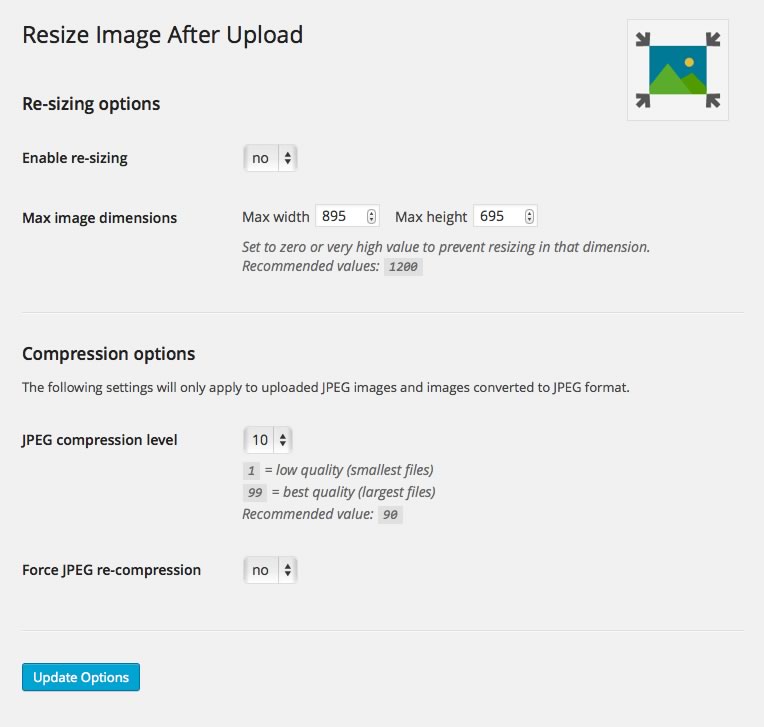
3. Compress your Images
Resizing the image is not the only option to lower the file size. You can also compress your images.
Image compression means minimizing the file size without compromising the image quality. Image compressing will improve page loading speed and eventually leads to a better user experience.
Compressing an image does not only mean reducing the size but also maintaining the image’s quality.
Compressing an image too much reduces the file size but lower’s the quality of the image; on the contrary, compressing an image less maintains the quality, but the image size is large. Therefore, compression should be optimum that maintains the quality as well as lowers the size.
There are many image tools and plugins that can help you compress the images perfectly.
Image tools like Optimizilla, TinyPNG, or ImageOptim are easy to use and let you compress your images.
If you use WordPress, you can use the Smush plugin.

4. Optimize Your Image Name Properly
The name of images should be clearly understood by Google as well as humans. The selection of a suitable name for your image is important for SEO and image ranking in SERPs. It is important to use descriptive image names, and hyphens should separate the words according to Google.
Also, do not use underscores as search engines do not recognize them, and they won’t be able to “read” the words individually.
When you save images, your devices may generate a filename like IMG00353.JPG, but that does not tell Google what the image is.
The file name should be descriptive and have a keyword suggesting what the image is about.
For example- This is a Nike Air Force shoe.
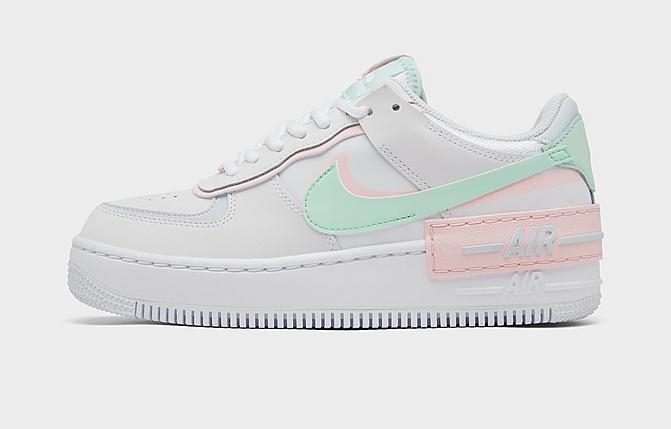
To make it more descriptive, we can name it white-Nike-air-force-shoes-with-pastel-stripes-.jpg.
5. Use Alt Text
Alt-text is sometimes also called alt attributes or alt tags. It is a text alternative to images when a browser cannot load images properly. Similar to the title, alt text is also used to describe the image.
Google uses alt text to index your image content and understand the image to rank the web page accordingly. Also, it helps visually impaired users to understand what the image shows.
You’ll get an image box with the alt tag in the top left corner when the image doesn’t load properly. Therefore, you should use alt text relevant to the image.
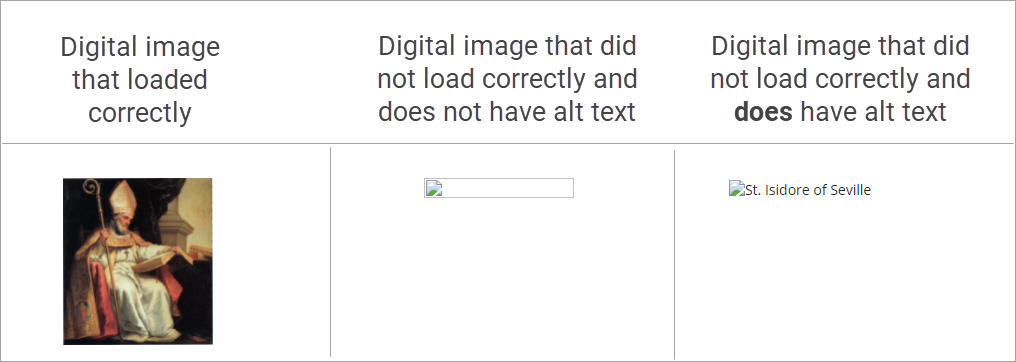
For example, the image below shows two cats with yarn.

Lets us write different alt text for this to help you understand it more easily.
Bad alt text: alt=”cats”
Good alt text: alt= “sleeping cats with yarn”
Better alt text: alt= “ginger kittens sleeping with yarn.”
Best alt text: alt= “two ginger kittens sleeping with pink and purple balls of yarn.”
6. Optimize the image title
Another image optimization tip is to optimize the image title. Although image titles are not very important for SEO, they can complement alt text. They can provide additional information about the images, and they are helpful in improving the user experience.
If you are a WordPress user, you need not change it because it is taken from the image name that we already discussed above. You can leave it as it is.
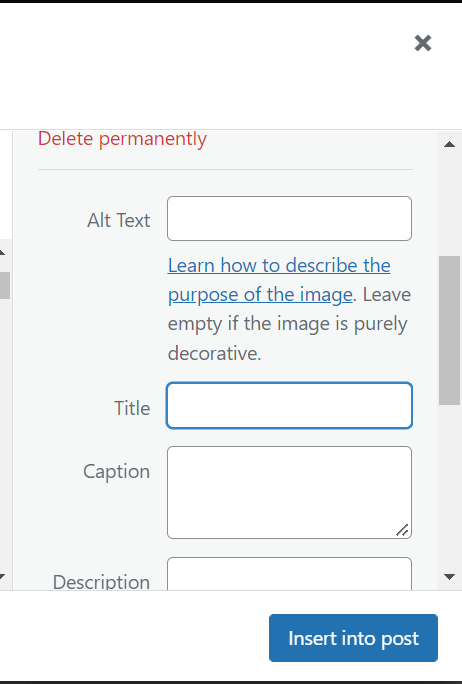
However, if you are not using WordPress or the title does not compliment the image, you can rename it accordingly the same way you renamed file names.
7. Include captions to your images
The captions to your images are the words or phrases underneath the image. Unlike the alt text and file names, these are displayed on your web pages. These are not important from an SEO point of view, but they enhance the user experience on the site.
Also, they help visually impaired readers understand the context of the image.
It can help you improve your overall user experience and lower your bounce rate.
8. Make sure your text correlates with the images
Google can determine the relevancy of the image with your content with the help of the text you used for describing the images. Use more relevant and descriptive text for your images to help Google understand the relevancy of the image with the text to help rank it higher.
9. Use original and unique images
Original and unique images can help you stand out and raise your search rankings.
The use of stock images on your website is fine, but they could not help you rank because many websites already use the same pictures on their sites.
Just like your content needs to be unique to rank on SERPs, images should also be original and unique.
Stock images make you appear unoriginal and can lower your ranking.
Even if you have perfectly optimized the stock images for your site, they will not have the same impact as an original image could make.
The more original images you use on your site, the better the user experience and ranking of SERPs will be.
10. Add image structured data.
Structured data is a data language that assists search engines in understanding the information on your site more clearly and easily.
Search engines can also use structured data to show your images in rich results. For example this a rich snippet example.
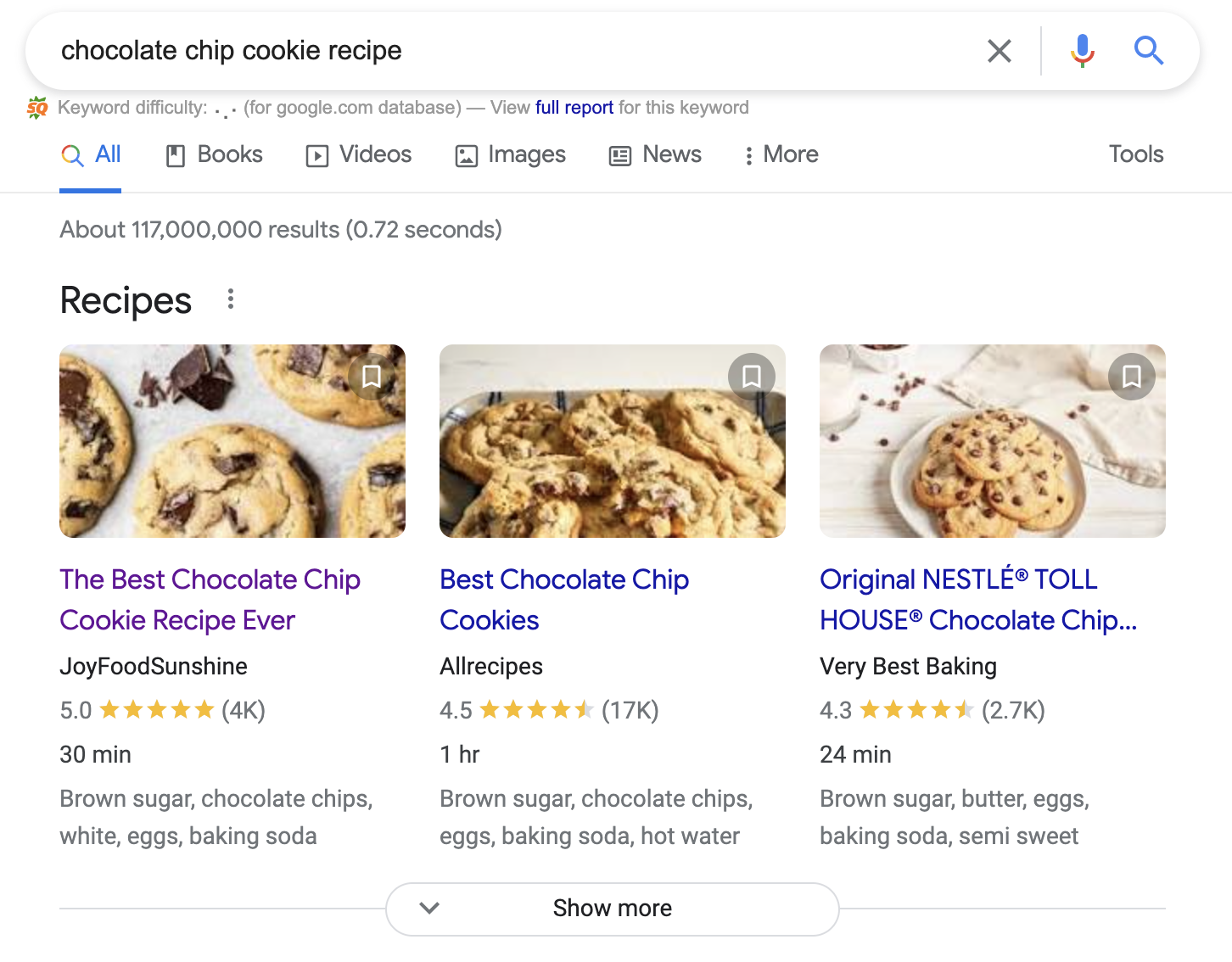
Google image supports structured data for product images, videos, and recipes.
For example, suppose you want to include a recipe blog on your website. So you can add structured data to your image to show that this image particularly belongs to a recipe.
Although, Structured data does not improve your site’s ranking but improves your chances of appearing in search results.
Structured data markup the type of your content and guide search engines to provide better visual results. Basically, if you add structured data to your images, search engines could serve your images as a rich result.
Let us elaborate it more to make it more clear to you:
1. If you want to use structured data for an image, the image should be relevant to the page on which it appears. For example, if you want to use recipe structured data, the image should be related to the recipe and show the complete recipe.
2. The image URLs you used must be crawlable and indexable by search crawlers. Otherwise, Google can not find them and display them on results pages.
You can see Google’s guidelines to find details on structured data for an image.
11. Include images in your site maps
A site map is basically the map of your site in which you include your web pages to tell search engines about the content and its organization on your site.
Site maps are important from an SEO point of view as they help search engines index your web pages. You can add images, videos, and other visuals to your site map to ensure that Google index them.
You can include an image title, description, URL location, caption, and license details for image entries on the map.
Also, You can use the Yoast SEO plugin if you are a WordPress user. Its site map feature automatically adds your site’s visual content to its site map.
Whether you are adding your images to your sitemap manually or creating a new sitemap for images, your goal is to include images in your sitemaps to improve image indexing.
When you add images to your site map, it will boost the chance of crawling and indexing your images. This will improve your search ranking and grow traffic to your site.
To Conclude-
Image optimization is an essential part of SEO. Images play an important role in search ranking.
If your content is great, but you are unable to rank on Google, maybe your images are hindering you. Images improve user experience on your site and are equally meaningful from an SEO Point of view. We have discussed different tips you can use to optimize your images and improve your content. These tricks will help search engines as well as users to understand the context of your content and images.
Adjusting image size and adding alt text, captions, and image format can boost your page loading speed and enhance traffic to your site.
Along with your content, you should also optimize your images.
We hope this write-up has helped you to learn different leads for image optimization for SEO.
You can also check our others articles like how to add captions to featured images in WordPress, and How to create additional image sizes in WordPress.
